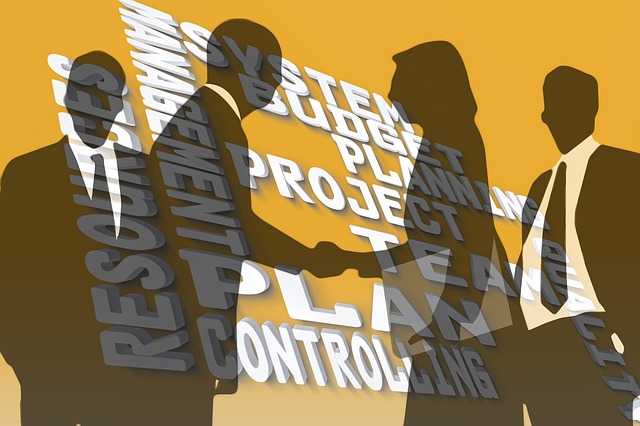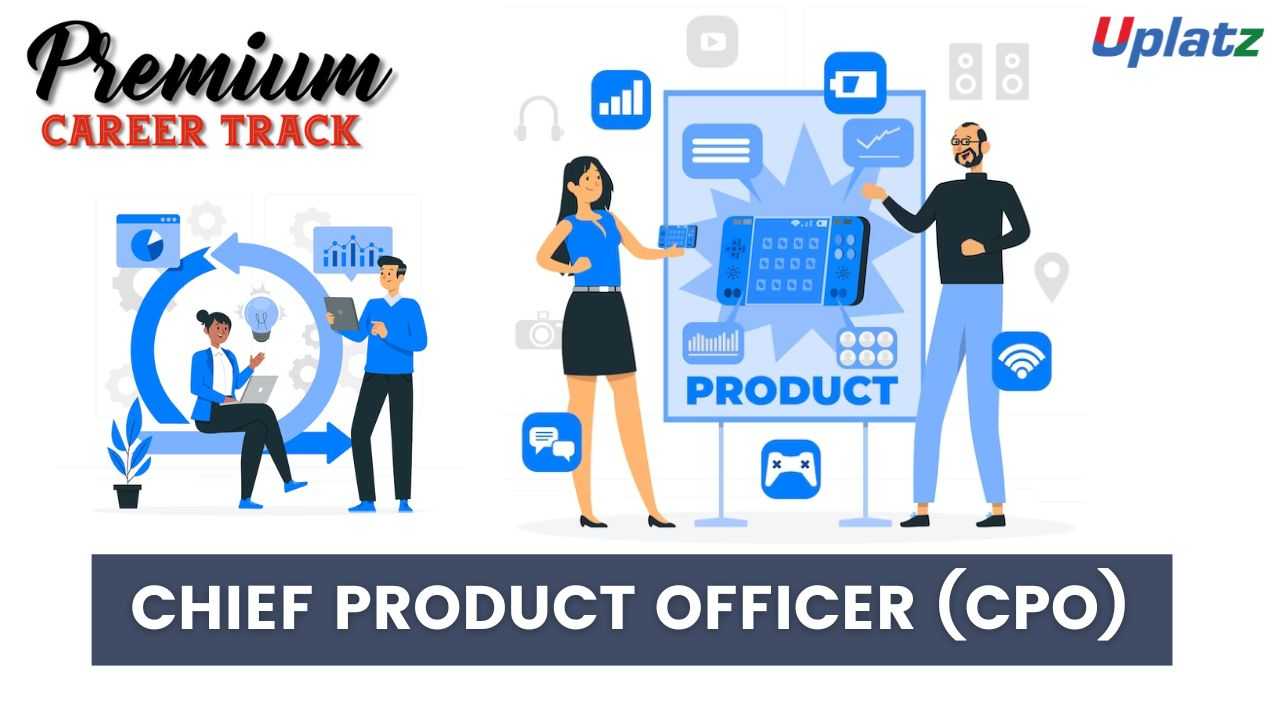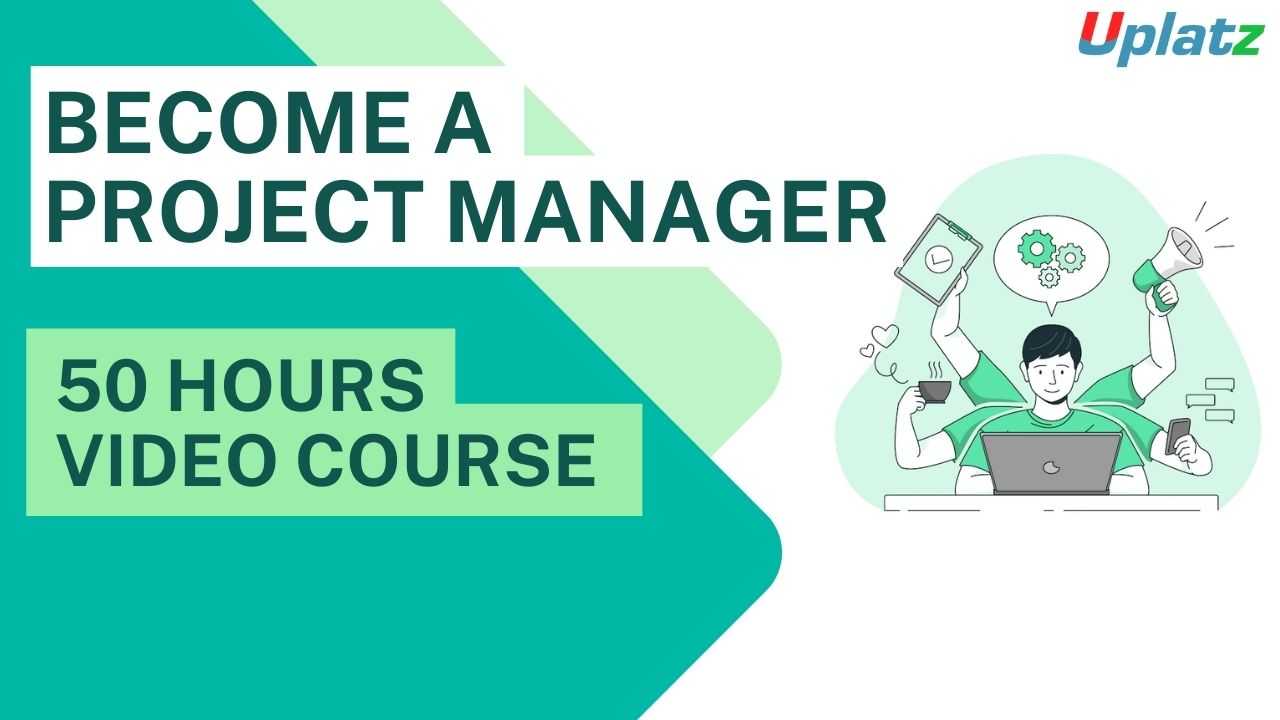Agile and Scrum
Gain in-depth Agile and Scrum expertise to drive team collaboration, faster delivery, and customer-focused project management success.Preview Agile and Scrum course
Price Match Guarantee Full Lifetime Access Access on any Device Technical Support Secure Checkout Course Completion Certificate 91% Started a new career
BUY THIS COURSE (
91% Started a new career
BUY THIS COURSE (GBP 12 GBP 29 )-
 88% Got a pay increase and promotion
88% Got a pay increase and promotion
Students also bought -
-

- Project Management Fundamentals
- 2 Hours
- GBP 12
- 387 Learners
-

- Premium Career Track - Chief Product Officer (CPO)
- 150 Hours
- GBP 39
- 355 Learners
-

- Career Path - Project Manager
- 50 Hours
- GBP 32
- 399 Learners

What is Agile?
Agile is a mindset and approach to project management and product development.
It’s based on the Agile Manifesto (2001) which emphasizes:
a) Individuals and interactions over processes and tools
b) Working software over comprehensive documentation
c) Customer collaboration over contract negotiation
d) Responding to change over following a plan
Agile by itself is not a strict process.
It’s like a philosophy — you can follow Agile principles using different frameworks (Scrum, Kanban, XP, etc.).
Teams adopting Agile: Break work into smaller increments, Meet regularly with stakeholders, Review progress and adapt plans, Deliver working features frequently.
Key Ideas
-
Work in small, iterative cycles (called “iterations” or “sprints” in some methods)
-
Deliver value to customers early and often
-
Be adaptable — requirements can change based on feedback
-
Continuous improvement (inspect and adapt)
1. What is Scrum?
Scrum is one specific framework within Agile.
Think of Agile as the mindset, and Scrum as a set of rules, roles, and events to put that mindset into practice.
Core Elements of Scrum
-
Roles
-
Product Owner – owns the product vision, prioritizes the backlog
-
Scrum Master – facilitates Scrum practices, removes blockers
-
Development Team – builds the product increment
-
-
Events
-
Sprint Planning – decide what to do in the sprint (usually 2–4 weeks)
-
Daily Scrum (Stand-up) – quick 15-min daily sync
-
Sprint Review – demo the work done to stakeholders
-
Sprint Retrospective – discuss what went well and what can improve
-
-
Artifacts
-
Product Backlog – master list of everything to be built
-
Sprint Backlog – subset of backlog chosen for the sprint
-
Increment – the working product at the end of a sprint
-
Scrum teams:
-
Choose a sprint length (e.g., 2 weeks)
-
Pick high-priority tasks from the product backlog into the sprint backlog
-
Work on them daily, syncing progress in daily stand-ups
-
At the end of the sprint, deliver a potentially shippable product increment
-
Review, adapt, and repeat
-
Agile is the “why” and “what” — it provides values and principles for being adaptive, collaborative, and value-focused.
-
Scrum is the “how” — it gives a structured way to apply those principles in real life.
Example:
If your company builds a mobile app:
-
Agile tells you: “Deliver value quickly, adapt to change, keep the customer involved.”
-
Scrum tells you: “Plan your next 2 weeks, meet daily, deliver a working version at the end, then improve your process.”
Through a structured series of pre-recorded video sessions, you’ll explore core concepts, real-life applications, and best practices that define Agile and Scrum. The course format allows you to learn at your own pace, offering flexibility for working professionals, students, and anyone with a busy schedule. Upon successful completion, you will receive a Course Completion Certificate that validates your newly acquired skills and can be shared with employers and professional networks.
Benefits of Taking This Course
- Career Advancement: Enhance your resume with a recognized certificate and Agile know-how, opening up roles like Scrum Master, Agile Coach, or Product Owner.
- Practical Skills: Learn tools and methods you can apply immediately in professional settings.
- Flexible Learning: Access high-quality content anytime, anywhere, on your schedule.
- Foundation for Certification: Build a strong base for pursuing formal Agile certifications.
Course/Topic 1 - Course access through Google Drive
-
Google Drive
-
Google Drive
By the end of this course, learners will be able to:
- Understand Agile values, principles, and methodologies including Scrum.
- Identify Scrum roles, events, and artifacts in depth.
- Apply value-driven delivery techniques such as MVP, IRR, and prioritization.
- Manage stakeholders, personas, and Agile contracts effectively.
- Improve collaboration and communication through Agile team dynamics.
- Implement estimation, risk management, and performance tracking techniques.
- Promote continuous improvement and development with Agile tools.
Agile and Scrum Course Syllabus
Module 1: Agile and Scrum Foundations
- Introduction to Scrum and Agile
- Scrum Agile Mindset and Principles
- Benefits of Agile and Project Management Approach
- Scrum Agile Methodologies and Mindsets
Module 2: Core Scrum Concepts
- Scrum Definition and Three Pillars
- Scrum Values
- Scrum Roles and Features
- Key Terms of Scrum
Module 3: Agile Methodologies and Frameworks
- Extreme Programming
- Feature-driven Development
Module 4: Value-Driven Delivery
- Value-Driven Delivery Overview
- Internal Rate of Return (IRR)
- Prioritization Techniques
- Minimum Viable Product (MVP)
Module 5: Agile Governance and Measurement
- Agile Compliance
- Earned Value Management
- Earned Value Metrics
Module 6: Agile Stakeholder Engagement
- Agile Contract and Types
- Agile Stakeholder Management
- Agile Stakeholder Needs and Understanding
- Agile Personas
- Agile Community Management
Module 7: Agile Execution & Performance
- Agile Impediments Log
- Agile Team Performance and Formation
- Agile Team Performance - Management and Leadership
- Agile Collaboration and Brainstorming Technique
Module 8: Agile Estimation, Risks, and Improvement
- Agile Time-Boxing and Estimation Technique
- Agile Problem Detection and Resolution Technique
- Agile Risk Management Life Cycle
- Agile Continuous Improvement and Continuous Development
Upon successful completion of the course, learners will receive a Course Completion Certificate from Uplatz, validating their knowledge and practical skills in Agile and Scrum methodologies. This certificate is a formal recognition of your ability to work effectively in Agile environments, understand Scrum roles and artifacts, and apply Agile practices in real-world scenarios.
The certificate demonstrates to employers and clients that you have undergone structured training and are proficient in essential Agile concepts such as sprint planning, backlog grooming, value-driven delivery, stakeholder engagement, and continuous improvement.
The Agile and Scrum course opens doors to a variety of roles across technology, finance, marketing, operations, and product-based industries that are transitioning or have transitioned to Agile delivery models.
Potential roles include:
- Scrum Master
- Agile Project Manager
- Product Owner
- Agile Coach
- Delivery Manager
- Business Analyst
- Software Developer (Agile/Scrum Environment)
Organizations today are actively seeking Agile practitioners who can manage dynamic teams, deliver faster time-to-market, and adapt to evolving business requirements. This course gives you a competitive edge, especially if you aim to join Agile teams in startups, IT consulting firms, or Fortune 500 companies.
Agile-certified professionals are also in demand for freelance and remote roles globally. Whether you're new to project management or aiming to level up into leadership positions, this course equips you with versatile and future-proof skills.
1. What is Agile and how is it different from traditional project management?
Agile is an iterative approach focused on customer collaboration, adaptability, and incremental delivery. Unlike traditional models, Agile allows flexibility and continuous feedback.
2. What are the key roles in a Scrum Team?
The Scrum Team includes the Product Owner, Scrum Master, and Development Team, each responsible for specific aspects of product delivery and process adherence.
3. What are the three pillars of Scrum?
Transparency, Inspection, and Adaptation. These pillars support the empirical process control that underpins Scrum.
4. What is a Product Backlog?
It is an ordered list of features, functions, and requirements needed in a product, maintained and prioritized by the Product Owner.
5. What is a Sprint in Scrum?
A Sprint is a time-boxed iteration (typically 2–4 weeks) during which a usable product increment is developed and reviewed.
6. What is MVP (Minimum Viable Product)?
MVP is the most basic version of a product that can be released to users to gain feedback and validate assumptions before full-scale development.
7. What is the role of a Scrum Master?
The Scrum Master ensures the team follows Scrum principles, facilitates meetings, removes impediments, and coaches the team for continuous improvement.
8. What is velocity in Scrum?
Velocity refers to the amount of work a team can complete in a Sprint. It helps in estimating and planning future Sprints.
9. What is a Burn-down Chart?
A visual tool used to track the progress of work remaining in a Sprint, helping teams monitor their pace and forecast completion.
10. How do you manage stakeholder expectations in Agile?
By maintaining transparency, involving stakeholders in reviews, using prioritization techniques, and continuously delivering value.









